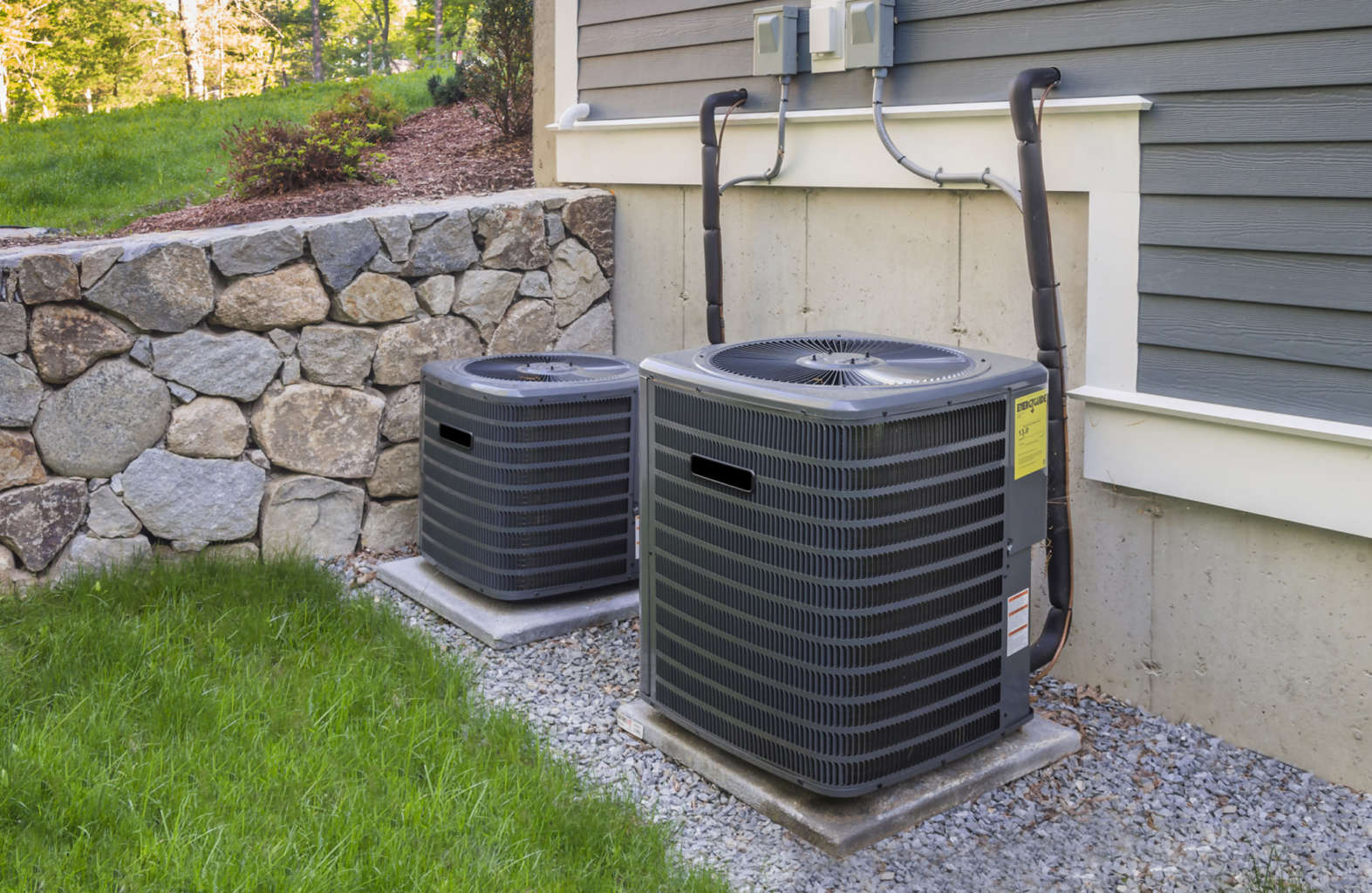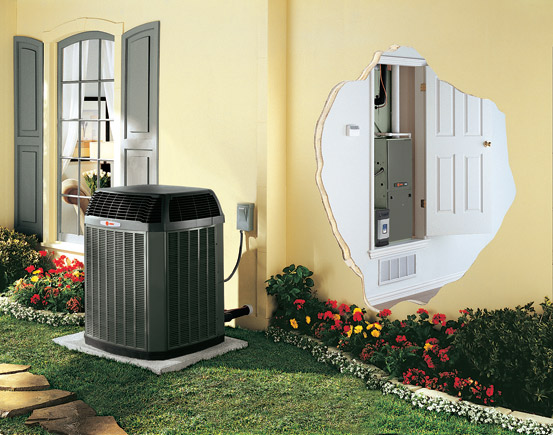One of the most confusing and perhaps little understood topics in air conditioning is the SEER rating. What is a SEER rating exactly?
Many articles seek to answer this question, and many are very technical crunching lots of numbers.
But let’s be honest. Very few of us are technical number crunchers.
Heck, I am one, and those articles go right over my head.
If you are looking for that sort of thing, you won’t get it here. Instead, we’re going to break it down into easy to understand concepts.
What is a SEER Rating?
SEER stands for Seasonal Energy Efficiency Ratio.
That’s pretty simple and all well and good. But that still doesn’t explain what it is.
SEER is like MPG for your air conditioner.
When you’re buying a car and you want efficiency, you check the MPG. A good, fuel efficient car, without getting into hybrids of course, will get you between 35 MPG in the city and 45 MPG on the highway.
But we all know that number is just for show.
Your car doesn’t actually get those numbers. There’s just what you could get.
SEER works much the same way.
The minimum SEER required by law is 13 with most air conditioners today being between a 14-21 SEER rating.
The higher the SEER rating, the more energy efficient your air conditioner is.
But what does this mean exactly?
Well, the higher the MPG in your car, the farther your car drives on the same tank and the cheaper it is to fill per 100 miles driven.
Likewise, the higher your SEER rating, the lower your energy bills.
Make sense?
What to look for in a SEER Rating
So what SEER rating is right for you?
That’s the whole reason you’re here. What difference does it make to know what a SEER rating is if you still don’t understand how it applies to you.
Here’s a simple graph put out by Trane to help you understand the savings by SEER rating:

As your can see, the higher the SEER, the higher your annual savings.
Now, don’t quote us on these numbers.
For a couple of reasons.
First, as was already explained, these numbers are based on maximum efficiency, and your system likely doesn’t operate at maximum at all times.
Second, these numbers are based on your current system being an 8 SEER. So the jump from 8 to 10 would save you 20% over the course of the year.
However, if your unit is already 13 SEER, then purchasing a 15 SEER will not save you 47%, but would likely only be 9%.
Choosing the right SEER Rating for you
Another factor to consider is the cost of the air conditioning unit.
Generally, the higher the SEER rating the higher the cost.
There is a point of diminishing returns and unless you have expendable income, you’re very unlikely to need or even want the highest SEER rating possible.
In fact, at Precision Temperature, we don’t even offer or recommend the top tier air conditioner to our customers. If you want it, we’ll give it to you, but we’ll never try to sell it to you because we know it’s not cost efficient.
Our most commonly installed model is the Trane XR14 which has a rating of, you guessed it, 14 SEER.
While it doesn’t appear on the graph, you can use your imagination. It has higher savings ratings than the 13, but remains affordable for our customers.
If you wanted to go higher end while still keeping costs reasonable, you could go up to a 16 or maybe 17 SEER. But be aware that each SEER rating increases the cost by a few hundred dollars.
The heart of the SEER matter
If you’re replacing your air conditioner, chances are it’s probably pretty old. At least 15 years to 30 years old. And the SEER rating of your unit is probably significantly lower than the current national minimum required by law.
That means that any new system is already going to be an efficiency improvement over your existing unit.
If you want to eek out a few extra dollars on your energy bill, you might choose to upgrade to a 16 SEER unit.
Just be aware that it’ll take you a few years to recoup the costs of the more expensive system.
Saving just 10% of your energy bills (due to air conditioner usage alone) might save you $120 a year. And if you spend $1,000 more on your new air conditioner just for the SEER rating, that’s about 7 years to recoup the costs.
The stuff no one tells you about
That’s as far as the average salesmen will go.
They’ll tell you after this point you’re saving money. Go with the best and biggest model because it’ll guarantee the most savings.
What they don’t tell you is that with each passing year, your unit becomes less and less efficient.
There’s a reason the promotional material says “up to XX Seer.”
It’ll probably achieve that number once in the unit’s life and that’s right out of the box.
So by the time year 7 rolls around, it’s possible that 18 SEER unit you bought is only operating at 13 SEER at best. So the savings you get are less and less meaning it takes even longer to break even.
The real problem is that none of this is really trackable except to the extremely diligent and vigilant.
The average Joe just uses his air conditioner and pays the electric bills without all the fine number crunching to see if his investment is really doing what was promised.
So what should you do?
What SEER rating is right for you?
Go cheap. Go affordable.
Don’t misunderstand me. You shouldn’t cut corners and buy off-market brands or pay your handyman third cousin twice removed to install it.
But there’s no really good reason why you’d need anything higher than the minimum SEER requirements.
Remember, any system is going to be a huge improvement over your current, aged air conditioner.
Call the Precision Pros
Still confused?
If you live in San Diego County, contact Precision Temperature. We’ll send out one of our comfort advisors to give you a FREE in-home estimate and advise you on the unit that’s best for your home.
Just call 619-588-5321 to speak to someone today.




